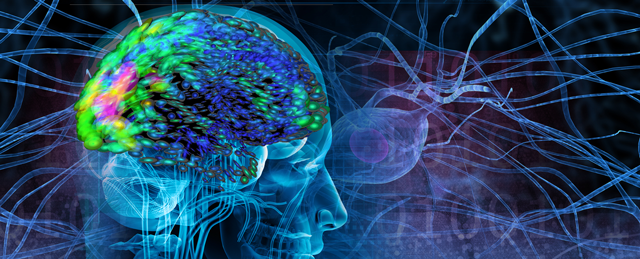While there was an historical record of cannabis being used successfully for seizures disorders in ancient times (Egypt), it wasn't until the 1980s before cannabis was rediscovered in its ability to relieve seizures in epileptics and those with seizure disorders.
In the last few years the remarkable success of medical cannabis for children with severe forms of epilepsy has brought medical cannabis to the public's attention in a way not possible before. Sanjay Gupta's "Weed" documentary in 2013 lit media up - by showing Charlotte with Dravet's syndrome who experienced 300 grand mal seizures a week to 2 or 3 a month. The mortality rate is high with severe epilepsies and that fact cannabis was for children with these conditions moved elected officials in way not thought possible previously.
Of the 85 different cannabinoids, at least two THC and CBD have positive effects on seizures, probably more. CBD - which is not psychoactive - has the strongest anticonvulsant properties. Some find success with CBD alone and some find better response with the synergistic response of THC and CBD together. For the majority of adults with various seizure disorders it is the whole plant medicine is optimal.
While more research is needed there is increasingly scientific evidence that high CBD extracts with minimal THC can reduce seizures with few side effects. Patients who are children would be advised to only try CBD alone.
Genetics of Epilepsy & Cannabisand how they interact - a lecture given in July 2014.


